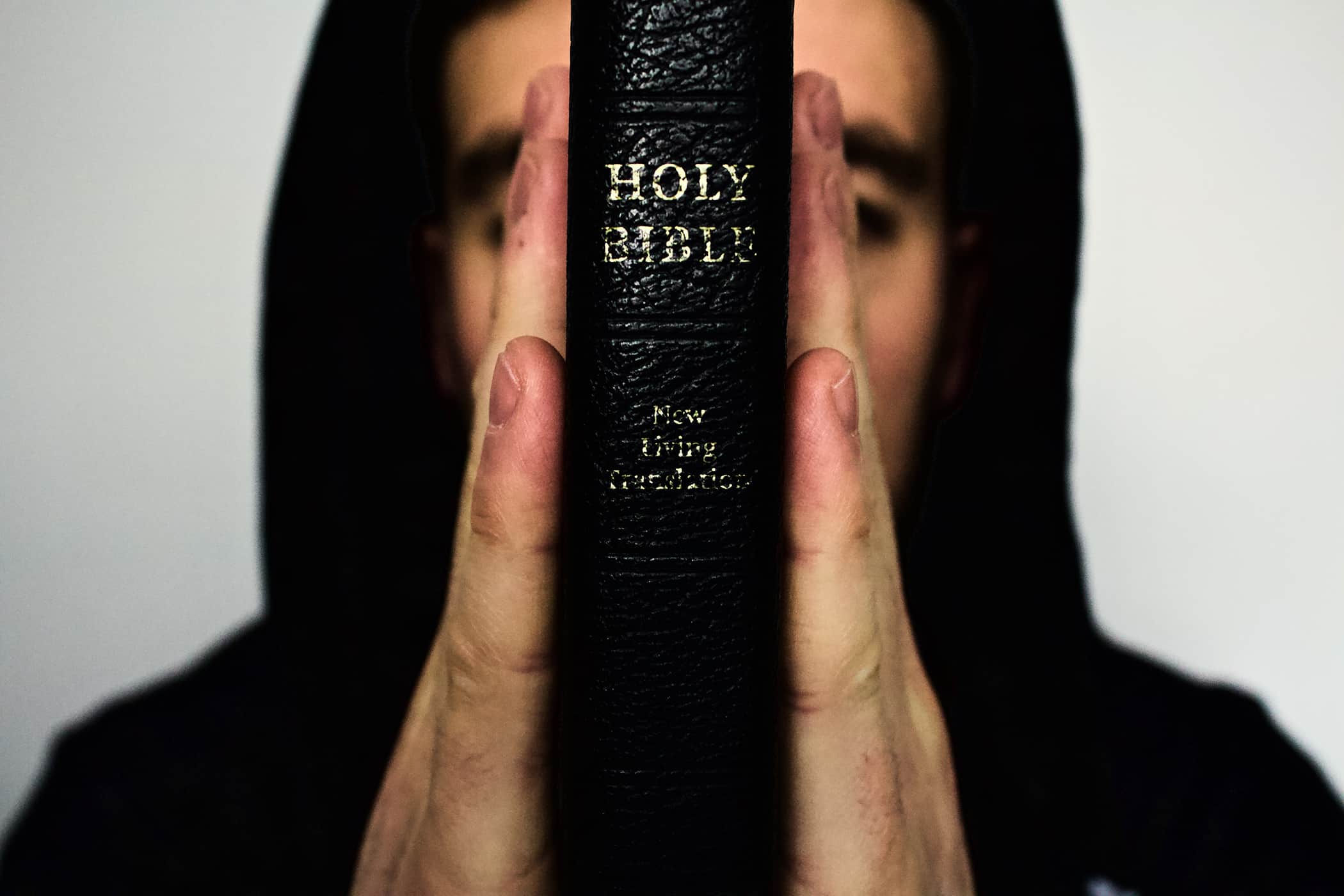Strictly speaking, no. Not even unstrictly speaking.
All this Jesus business doesn’t simply “follow” what the Bible (namely, the Old Testament) “says.” It transforms that sacred text.
Actually, if I can lay my cards out on the table right at the beginning, the Christian faith is at its roots a Jewish one. It is one of a number of known (and unknown) Jewish movements of the time that tied itself somehow to the tradition of the ancient Israelites.
Because these movements were Jewish, we can see continuity between them—including the Christian movement—and the Israelite tradition that bore them.
But just as is true, the fact that these Jewish movements take place in a very different world than the one of ancient Israel, we see discontinuity between them and that ancient tradition.
Focusing on the Jesus movement, the presence of both continuity and discontinuity is both self-evident and for some a matter of deep concern.
Neither Jesus nor Paul, in any way shape or form, set out to break ties with Jewish tradition. They were, rather, seeking to define the direction that the faith of old should take.
They saw themselves as part of a trajectory that owes its existence to the faith of old.
That’s the continuity part.
But, perhaps ironically, this is precisely where discontinuity pops up. The New Testament defines the direction of the Jewish tradition around Jesus (duh). And this Jesus movement, which, once again, has its roots in Judaism, also make certain moves that don’t really follow that ancient tradition.
For example, take Law, Temple, and Land.
Frankly, it’s hard to find more central elements of the Old Testament than these.
The Law is God’s direct communication to Moses and takes up most of Exodus through Deuteronomy. Obedience to God is tressed, with blessings as a result. Disobedience brings curse and punishment.
The Temple represents God’s holy, concrete presence with Israel. It is the center of Israelite religious practice, governed by numbers commands of God about how that practice should be carried out. One of the devastating things of the Babylonian Exile is the Temple’s destruction, and the first order of business upon returning to the land was rebuilding it.
And what is the story of Israel if not a story of land—promised by God to Abraham, captured under Joshua, secured under David and Solomon, divided shortly thereafter, surrendered to the Assyrians and then the Babylonians, and the triumphant return. Being people of the land was, like the Temple, evidence of God’s favor. Being driven from the land was God’s punishment—a form of death.
All of which is to say, Law, Temple, and Land are sort of a big deal in Jewish tradition. And, when we keep in mind the Jewish roots of the Jesus movement—the continuity— all three are handled in surprising ways in the New Testament—the discontinuity.
The New Testament writers don’t reject Law as “bad” (though a couple of passages seem to come close, like John 1:17). But they do “de-prioritize” Law in ways that would make some Jews uncomfortable. Circumcision, dietary restrictions, the sabbath, for example, were not disallowed, to be sure, but they were decentered. In fact, too much emphasis on these things can be a stumbling block to faith in the God of old (appreciate the irony there).
Though the Temple is a given the New Testament and its importance never simply rejected, it is nevertheless eventually pushed to the side. Now Jesus is the “Temple” where God’s glory resides (John 1-2), as are his followers (1 Corinthians 3 and 6).
The Jesus movement is clearly shifting emphasis on what it means to be a child of Abraham—it’s about Jesus.
And that shift in emphasis put the New Testament authors in an uneasy relationship with Israel’s ancient tradition.
Personally, I think holding continuity and discontinuity in tension is the most responsible way of reading the New Testament. I want to draw attention, though, the discontinuity, in part because this is something many Christians are deeply disturbed by. They want a Bible where all the pieces fit together—a casual bike ride through the Old Testament drops you off free and clear at the feet of Jesus.
I don’t think that shows adequate respect for the character of the Bible.
The fact is—and this is really the whole point of this post—the Christian faith owes its existence to discontinuity.
Without those unexpected turns, such as with Law, Temple, and Land, we would not have a Christian faith, meaning a faith rooted in Jewish tradition that also transforms that tradition centered on Jesus of Nazareth.
Strictly speaking, the Christian faith is not so much “biblical” as it is an act of reimagining that biblical tradition around Jesus.
I know that may not be the easiest pill to swallow for some, but I remember reading somewhere in the New Testament that Jesus can be a stumbling block.


